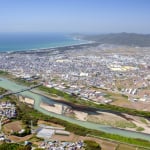Name: Hida Kokubunji
Address: 1-83 Sowamachi, Takayama City, Gifu Prefecture
Official/Related URL: http://hidakokubunji.jp/
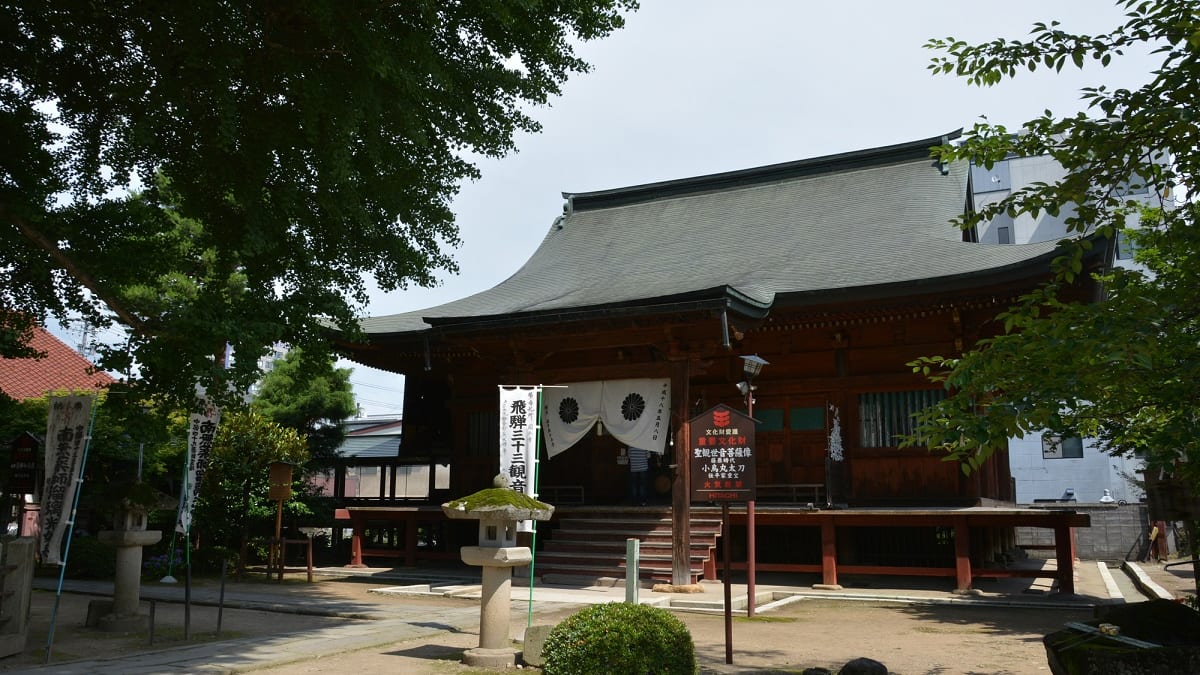
Hida Kokubunji Temple is a Power Spot in Hida-Takayama, Gifu Prefecture | Highlights and History
Hida Kokubunji Temple, located in Takayama City, Gifu Prefecture, is a historic temple founded during the Nara period. The main hall is designated as an Important Cultural Property of Japan and showcases an architecture that reflects its rich history. In this article, we will introduce the history of Hida Kokubunji, its festivals, information on Goshuin stamps and protective charms, as well as access details. If you are planning a trip to Gifu, be sure to use this as a reference.
table of contents
[x] close
Hida Kokubunji Temple is a Power Spot in Hida-Takayama, Gifu Prefecture | Highlights and History
History of Hida Kokubunji
Hida Kokubunji is an ancient temple in Hida, founded by the monk Gyoki in 746 (Tenpyo 18) under the decree of Emperor Shomu. Construction began in 741 (Tenpyo 13) following an imperial edict and was completed in 746 (Tenpyo Shōhō 9). Some of the original foundation stones from that time still remain on the temple grounds.
Although the temple was later destroyed by fire, it was rebuilt over 800 years later in 1587 (Tensho 15) by Nagachika Kanamori, a retainer of the Sengoku warlord Toyotomi Hideyoshi, at the request of the temple’s first restorer, Genkai Hoin. The temple’s main hall, originally built during the Muromachi period, is now designated as an Important Cultural Property of Japan. While it was repaired by Nagachika Kanamori, further dismantling and restoration work was carried out in 1954 (Showa 29).
In addition to the main hall, the bell tower, which was relocated from Takayama Castle, is designated as a cultural property of Takayama City. Furthermore, the three-story pagoda, which traces its origins to a stupa built in 714 (Tenpyo 13), is recognized as an Important Cultural Property of Gifu Prefecture. The statue of the Great Compassionate Mother Kannon was erected in modern times by Hisako Nakamura, known as the "Helen Keller of Japan."
Setsubun Festival – Seven Lucky Gods Bean-Throwing Procession
The Setsubun Festival held at Hida Kokubunji every year on February 3rd is a traditional event with a history of approximately 400 years. The Seven Lucky Gods Bean-Throwing Procession, which has been held for several decades, has long been cherished by locals as a winter tradition in Hida. Although the event was discontinued for several years in the 1990s due to a lack of successors, it was revived in 2008 (Heisei 20) and has once again become a popular event among shopkeepers and residents.
On the day of the Setsubun Festival, amazake (sweet rice wine), oshiruko (sweet red bean soup), and mitarashi dango (sweet soy-glazed rice dumplings) are sold within the temple grounds. Along the route of the Seven Lucky Gods Bean-Throwing Procession, there are also interaction and photo-taking areas featuring the Seven Lucky Gods, as well as red and blue oni (demons), making it a favorite event for children.
The Great Ginkgo Tree and Autumn Foliage
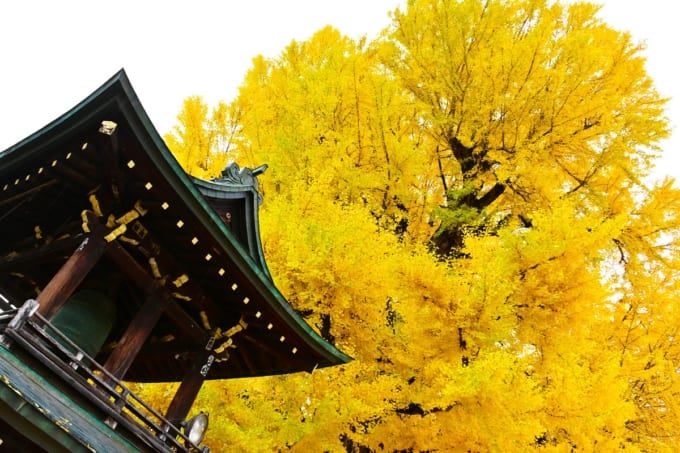
Within the grounds of Hida Kokubunji stands a massive ginkgo tree that is said to be over 1,200 years old. It was designated as a National Natural Monument on March 31, 1953 (Showa 28). Due to its numerous aerial roots hanging down like breasts, it is affectionately called the "Chichi Icho" (Breast Ginkgo). There is even a belief that mothers who have difficulty producing breast milk will be able to nurse successfully after praying to this tree.
The Great Ginkgo reaches its peak autumn colors from early to mid-November, with its leaves falling in early December. It is said that the first snowfall of the season coincides with the shedding of the ginkgo’s leaves, making it a significant seasonal event for the local community.
The temple’s official blog updates yearly with photos showing the gradual color change of the ginkgo tree, so if you’re interested, be sure to check it out.
Goshuin (Temple Stamps) and Protective Charms
Goshuin
Hida Kokubunji is the first temple of the Hida 33 Kannon Pilgrimage. You can receive a goshuin (temple stamp) at the reception in the temple’s kuri (priest’s quarters). There is also an original goshuin book featuring illustrations of the temple’s main hall, the three-story pagoda, and the Great Ginkgo tree, which visitors can purchase as a keepsake.
Goshuin price: 300 yen per stamp
Original goshuin book price: 1,500 yen each
Omamori (Protective Charms)
At the goshuin reception, you can also purchase omamori (protective charms) inspired by the Breast Ginkgo tree. These charms are not only for mothers struggling with breastfeeding but also for general women's health and well-being.
Health Breast Ginkgo Charm Price: 500 yen each
(Prices as of December 2019)
What is "Sarubobo" for Wishing?
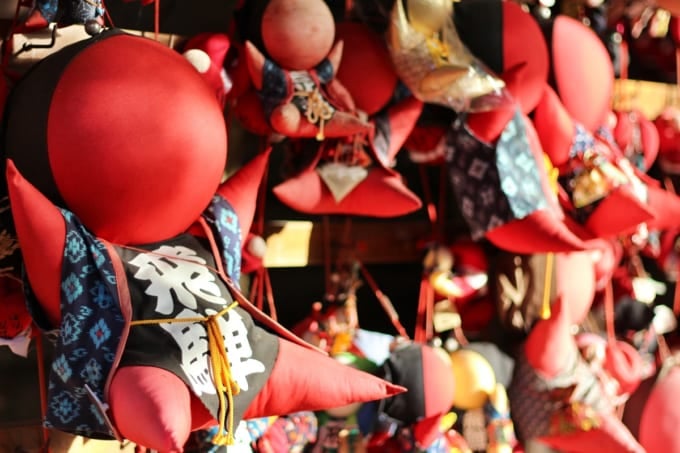
In front of Hida Kokubunji, at Koshindo Hall, numerous sarubobo dolls are hanging. Sarubobo is one of the most famous traditional handicrafts of the Hida-Takayama region. The term "sarubobo" originates from the Hida dialect and means "baby monkey." The name is associated with good fortune, as "saru" (monkey) sounds like "saru" (to ward off) in Japanese, symbolizing the removal of misfortune and family happiness.
In 2007, a stone statue called "Nade Sarubobo for Wishing" was installed. Visitors believe that rubbing this sarubobo brings various blessings.
Blessings Based on the Part You Touch on the Nade Sarubobo:
Head → Improves intelligence
Heart → Brings career success
Any part of your body → Improves health in that area
Additionally, rubbing the sarubobo with a wish in mind is believed to bring blessings in business prosperity, academic success, and more.
Parking Information

Hida Kokubunji has its own parking lot, and there are several nearby parking options, making it convenient for visitors arriving by car. Below are some details about parking options. (As of December 2019)
Hida Kokubunji Parking Lot
Capacity: 10 cars, also accommodates large buses
Hours: 9:00 AM – 4:00 PM
Fee: Free for temple visitors (not available for general use)
Nearby Parking Lots
Meitetsu Kyosho Parking Takayama Kokubunji Street No. 2
Paraca Takayama Hatsuta Town No. 1
Meitetsu Kyosho Parking Takayama Nata Town
How to Get There

By Train or Express Bus
From JR Takayama Station: About a 5-minute walk.
Also accessible from the Takayama Nohi Bus Center, located next to JR Takayama Station.
By Local Bus
Nohi Bus / Takayama Community Bus "Kokubunji" Stop: About a 1-minute walk.
Takayama Community Bus "Asahimachi" Stop: About a 3-minute walk.
Nohi Bus "Takayama Nohi Bus Center" Stop: About a 3-minute walk.
Takayama Community Bus "Takayama Nohi Bus Center" Stop: About a 3-minute walk.
Conclusion
Hida Kokubunji is a historic temple in a convenient location, easily accessible from JR Takayama Station and the central area of Hida Takayama. It is known for its goshuin, Nade Sarubobo for Wishing, and other unique attractions. If you are visiting Gifu or Hida Takayama, be sure to stop by!
RELATED ARTICLES
REGIONS
CATEGORIES
FEATURED ON Gifu
-
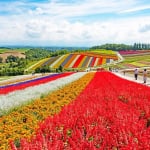
Where will you go for the summer vacation? Introducing recommended spots for domestic travel
-
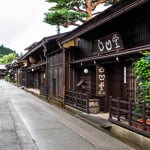
5 Popular Date Spots in Gifu Prefecture – Outing Destinations Couples Can Enjoy Together
-
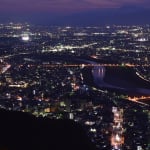
Top Night View Spots in Gifu Prefecture – Among the Best in the Tokai Region
-
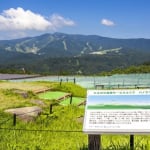
Surround Yourself with Relaxing Nature Close to You! 6 Recommended Tourist Spots in Hirugano Highlands
-
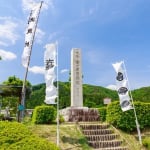
5 Recommended Tourist Spots in Sekigahara Town – A Fascinating Glimpse into the Battle of Sekigahara
MOST POPULAR ON Gifu
-
 1
1Doha: Must-see Attractions in the Capital of Qatar
-
 2
2Toronto: 10 Things to do in this Picturesque Canadian City
-
 3
3Amarillo: A City Famous for It’s Amazing Canyons, Great History and Music
-
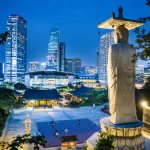 4
4South Korea: Dazzling Scenery, Rich Culture and Fascinating History
-
 5
5Kuwait: A Country in Middle East Asia Famous for Hot Sand Dunes and Stunning Cityscape




